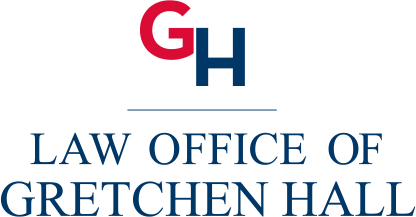Employers in Minnesota are required to protect employees from fall hazards along unprotected edges that are 4 feet or more above the level below. According to the Occupational Health and Safety Administration, adequate fall protection may include any device, system or equipment that prevents employees from falling or mitigates the consequences of a fall. Employers may choose to make use of guardrail systems, personal fall arrest systems or safety net systems.
A guardrail system is a barrier built along the edge of an area where employees walk. Personal arrest systems usually consist of a body harness and wire suspensions. These systems are designed to prevent or mitigate employee injuries by stopping the person from falling to the ground or slowing the speed of descent before impact. OSHA forbids employers to use body belts in personal fall arrest systems. Safety net systems consist of horizontal barriers that use netting to catch falling employees before impact with the ground or lower level.
Lower- and upper-level work areas require special consideration to be made safe. Generally, companies use safety barriers to separate individuals from dangerous areas and operation hazards. They are useful in creating visual separation as well as physical separation.
The American National Standards Institute has published standards that say companies must protect employees whenever they are performing unloading or loading tasks on an elevated platform. Individuals who have been injured due to a fall at work may be entitled to recover compensation for lost wages, medical expenses or other damages. The state of Minnesota has workers’ compensation rules and regulations that may govern an injured employee’s situation. An attorney may be able to help by drafting and filing documents to initiate a claim or by representing the client during hearings with government officials.
